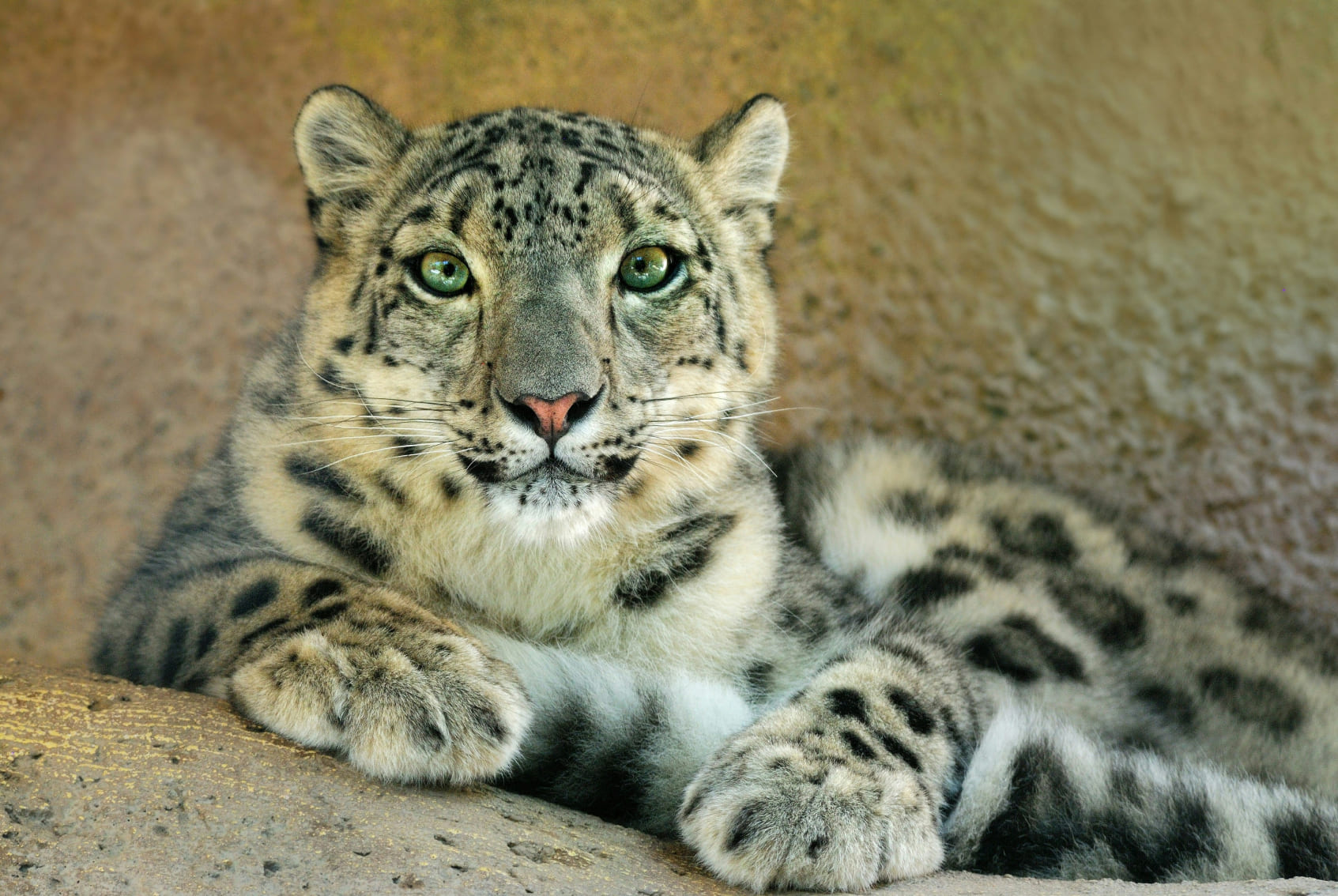
How Forests Protect Animals
Forests are nature's sanctuaries, providing animals with shelter, food, and protection from predators and environmental challenges. Dense tree canopies shield wildlife from harsh weather, while understories offer safe hiding places for smaller creatures. For herbivores, forests are rich sources of vegetation, from leaves and fruits to nuts and seeds. Predators, in turn, rely on these ecosystems for prey.
Forests also act as natural corridors, allowing animals to migrate, mate, and expand their populations. Many species, such as deer, monkeys, and birds, depend on interconnected forest areas to thrive. In tropical rainforests, like the Amazon, even the smallest organisms contribute to a balanced ecosystem that supports larger animals like jaguars and tigers.
Deforestation poses a severe threat, disrupting this delicate balance and pushing species to the brink of extinction. Forest conservation initiatives, reforestation programs, and sustainable land-use practices are vital to preserving these essential habitats.